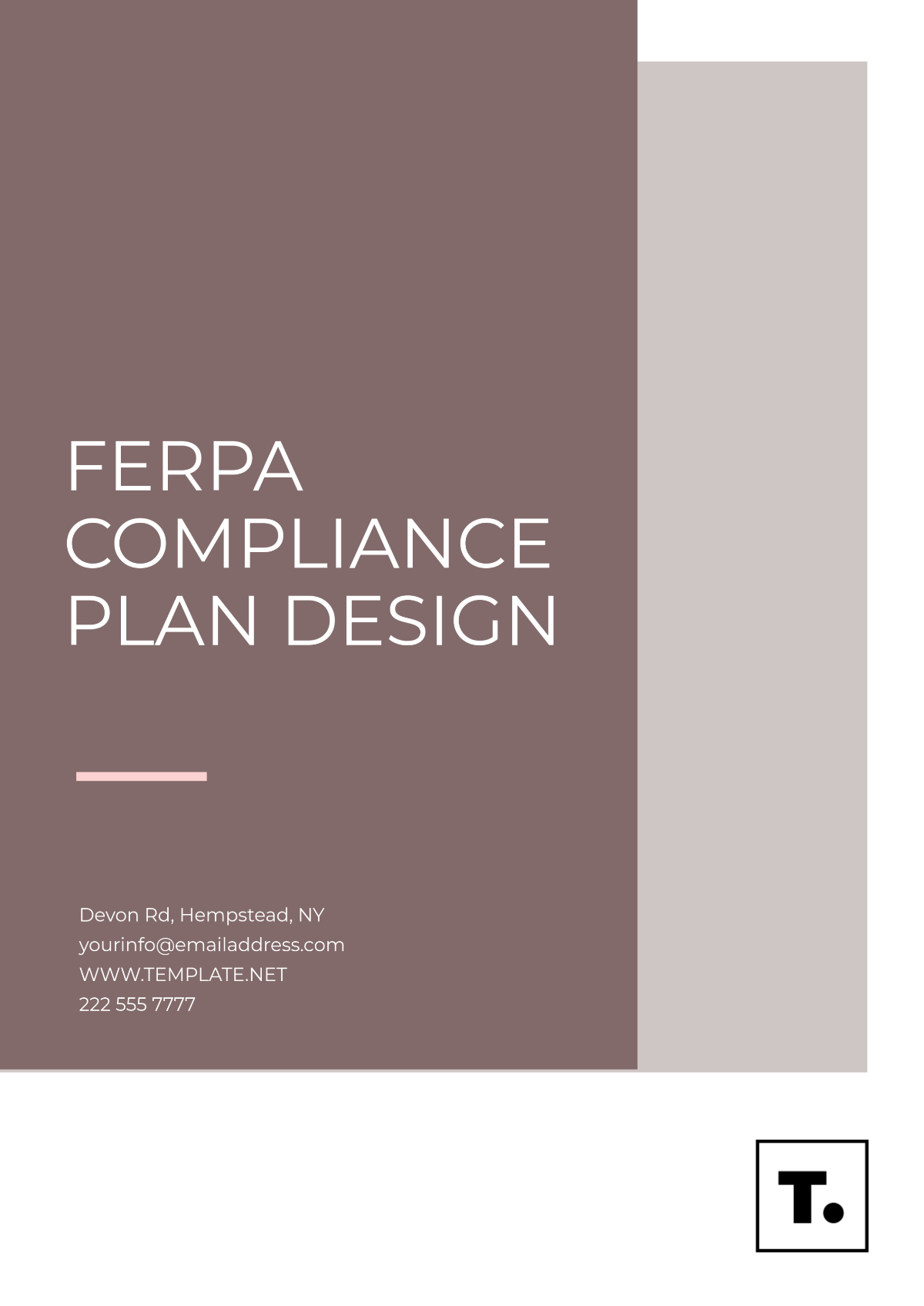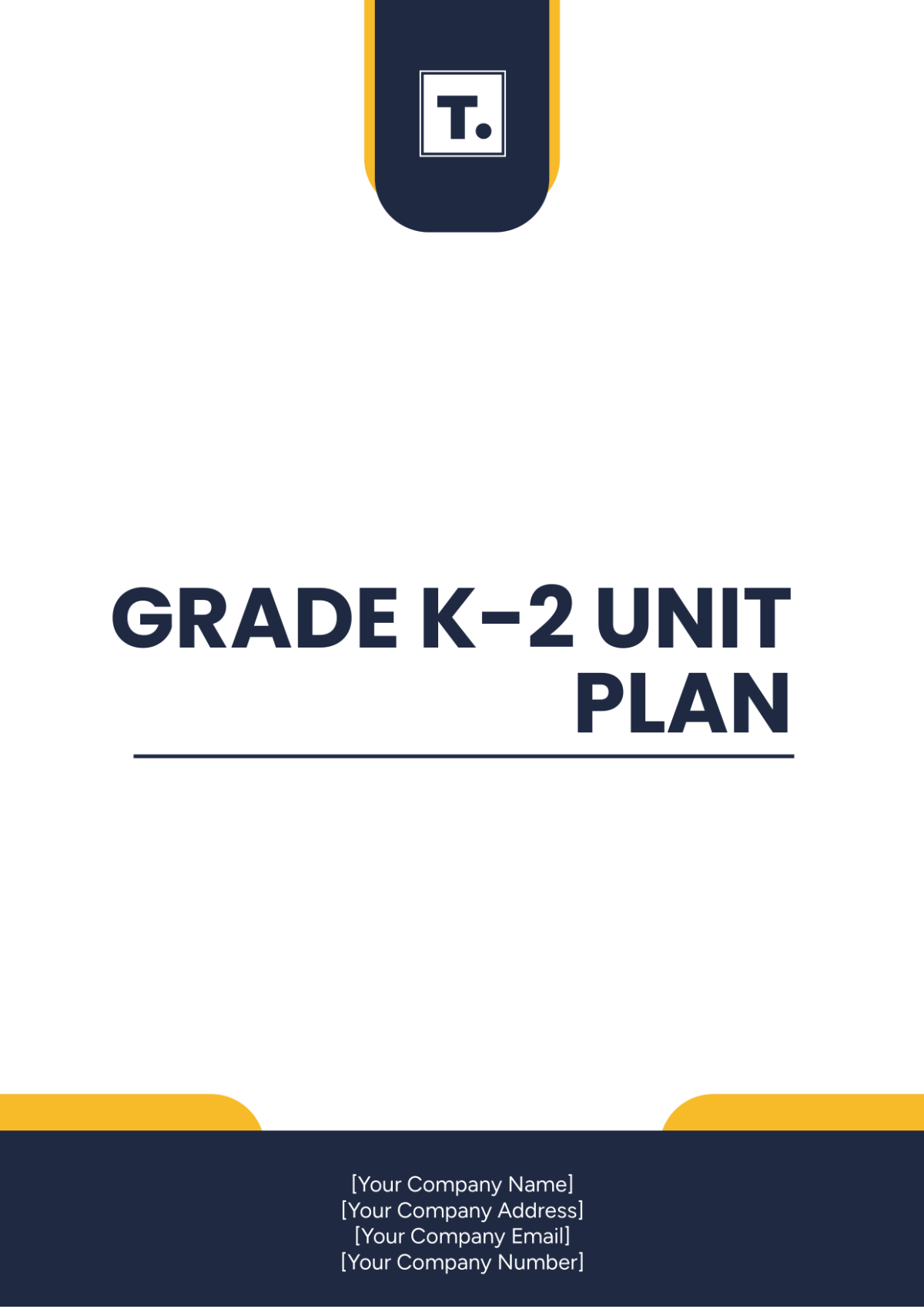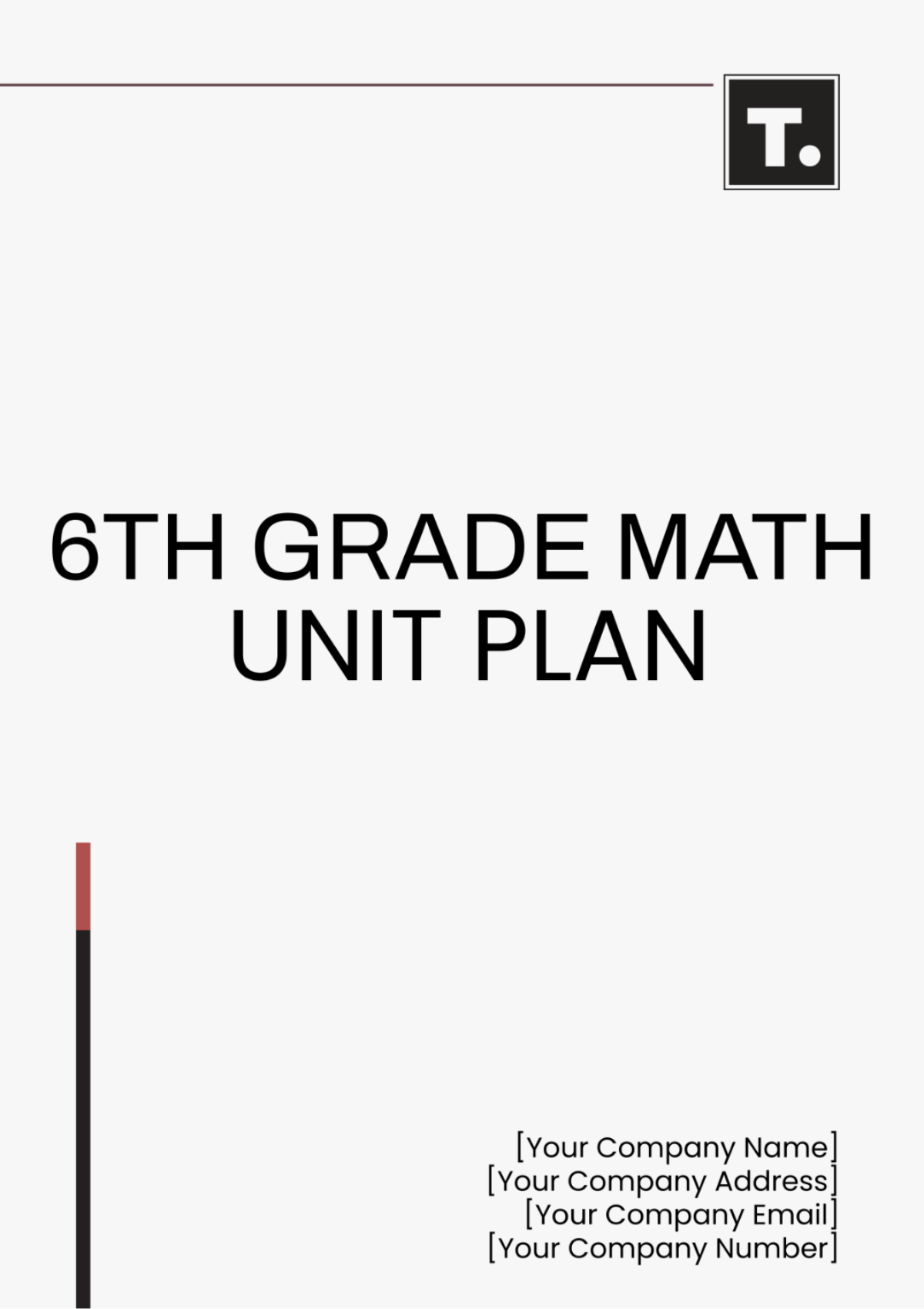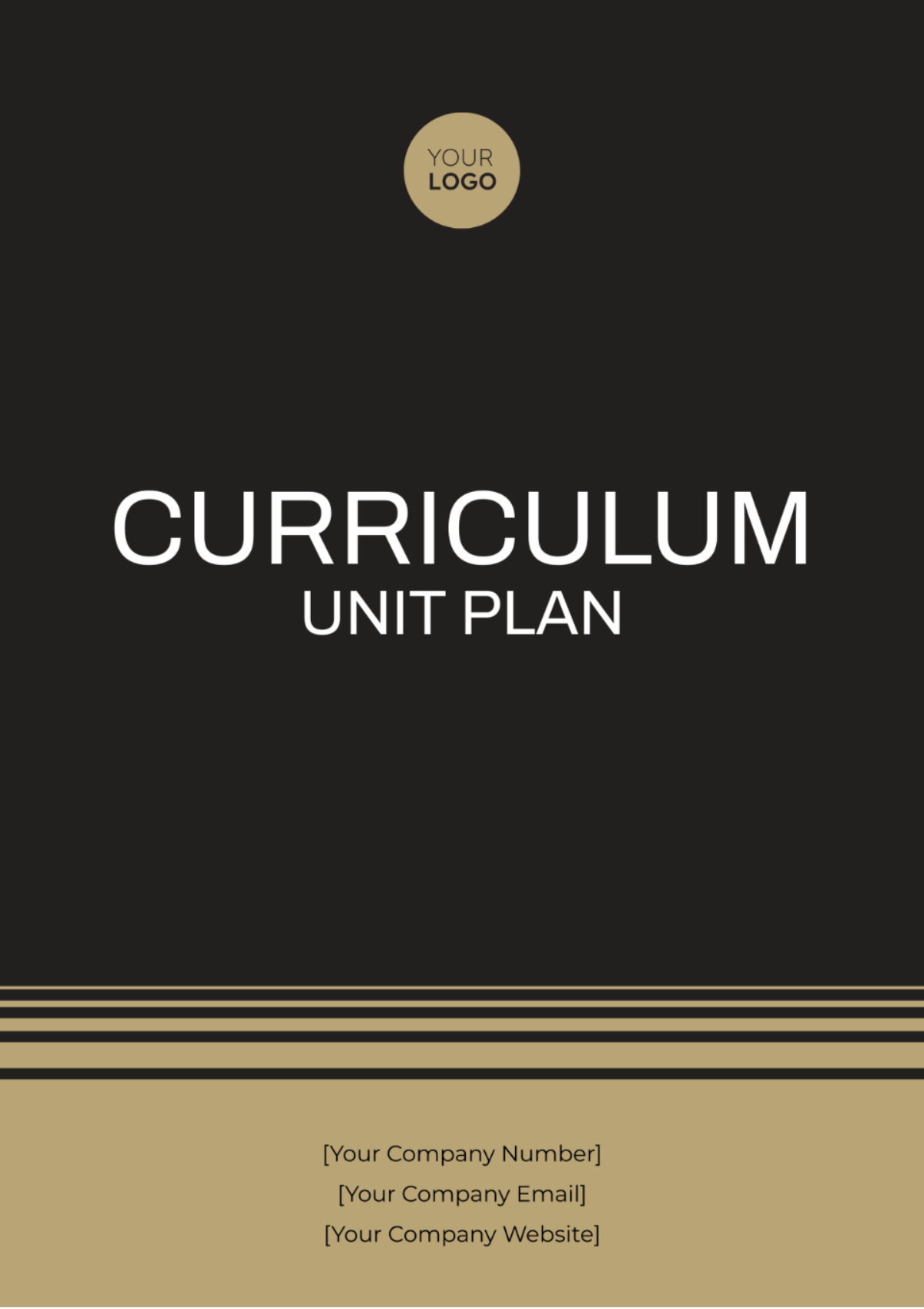Visual Art Unit Plan
Prepared by: | [YOUR NAME] |
Subject: | Visual Arts |
Topic: | Color Theory |
Date: | [DATE] |
I. Unit Overview
The Color Theory Unit Plan is designed to offer students a thorough grasp of color concepts, encompassing the color wheel, primary, secondary, and tertiary colors, warm and cool hues, as well as the emotional and psychological impacts of colors. This unit is structured to engage students through diverse interactive activities, discussions, and hands-on projects, in alignment with visual arts standards and catering to diverse learning styles.
II. Learning Objectives
Students will be able to:
Identify and describe primary, secondary, and tertiary colors.
Understand the color wheel and its interrelationships.
Differentiate between warm and cool colors.
Analyze the emotional and psychological effects of various colors.
Create a color wheel and utilize it in a practical art project.
III. Unit Standards
The unit adheres to the following visual arts standards:
Standard 1: Understanding and applying media, techniques, and processes.
Standard 3: Selecting and evaluating a range of subject matter, symbols, and ideas.
Standard 6: Establishing connections between visual arts and other disciplines.
IV. Lesson Plans
A. Day 1 - Introduction to Color Theory
Activity Description:
Introduce the color wheel, primary, secondary, and tertiary colors.
Materials:
Color wheel charts, projector, whiteboard.Discussion:
Encourage an open discussion about colors observed in the students' environment.Materials:
NoneHands-on Activity:
Guide students in creating their color wheels using paint or colored pencils.Materials:
Paints, brushes, paper, colored pencils.
B. Day 2 - Warm and Cool Colors
Activity Description:
Explain warm and cool colors.Materials:
Color wheel charts, projectors, and samples of warm and cool colors in art.Group Activity:
Facilitate group work to classify a set of colors into warm and cool categories.Materials:
Color swatches, large paper, markers.Art Project:
Have students create a painting using only warm or cool colors.Materials:
Paints, brushes, canvas, or paper.
C. Day 3 - Emotional and Psychological Effects of Colors
Activity Description:
Discuss how different colors affect emotions and psychology.Materials:
Slides with color examples, projector.Class Discussion:
Encourage students to share personal experiences and perceptions related to specific colors.Materials:
NoneArt Project:
Guide students in creating artwork expressing a specific emotion using color.Materials:
Paints, brushes, paper.
V. Assessments
Evaluation methods include:
A. Formative Assessments
Class participation and discussions.
Completion of hands-on activities and projects.
B. Summative Assessments
Final art project demonstrating understanding of color theory.
Written reflection on the emotional and psychological effects of colors used in their artwork.
VI. Resources
Books:
"Color: A Workshop for Artists and Designers" by David Hornung.
"Interaction of Color" by Josef Albers.
Websites:
[Your Company Website]
Videos:
Lecture series on Color Theory from [Your Company Name] available on [Your Company Social Media].
VII. Conclusion
The Color Theory Unit equips students with a deep understanding of color principles and their applications in art. Through engaging activities and discussions, students explore the color wheel, warm and cool hues, and the emotional impact of color. By aligning with visual arts standards and fostering creativity, the unit prepares students for further artistic exploration with confidence and insight.
For further information or inquiries, please contact [Your Name] at [Your Email] or visit [Your Company Website]. Our office is located at [Your Company Address].














































